How Machine Learning Transforms Smart Device Functionality
Chosen theme: Machine Learning and Its Influence on Smart Device Functionality. Step into a world where everyday objects learn your rhythms, anticipate your needs, and quietly adapt. From thermostats to earbuds, machine learning is the invisible engine of convenience. Join us, share your experiences, and subscribe for practical insights, friendly explainers, and stories from the frontier of truly smart living.

The Everyday Magic: ML Behind Your Smart Stuff
Early devices waited for your commands; now they predict them. Machine learning translates patterns—time, location, routine—into behaviors. Your lights dim before movie night, your speaker lowers volume when you answer calls, and your watch reminds you to stretch exactly when you usually forget.
Edge models keep decisions near you, reducing lag and preserving privacy. When your camera sharpens a dim photo or your earbuds cancel construction noise instantly, you are feeling on-device inference at work. Less cloud dependency, more smooth, personal responsiveness, right in your pocket.
My thermostat learned my sleepy Saturdays, delaying heat until sunlight warmed the kitchen. It saved energy, felt considerate, and never nagged. That quiet calibration—new settings shaped by real habits—is machine learning’s superpower: kindness through context, delivered without instructions or extra apps.
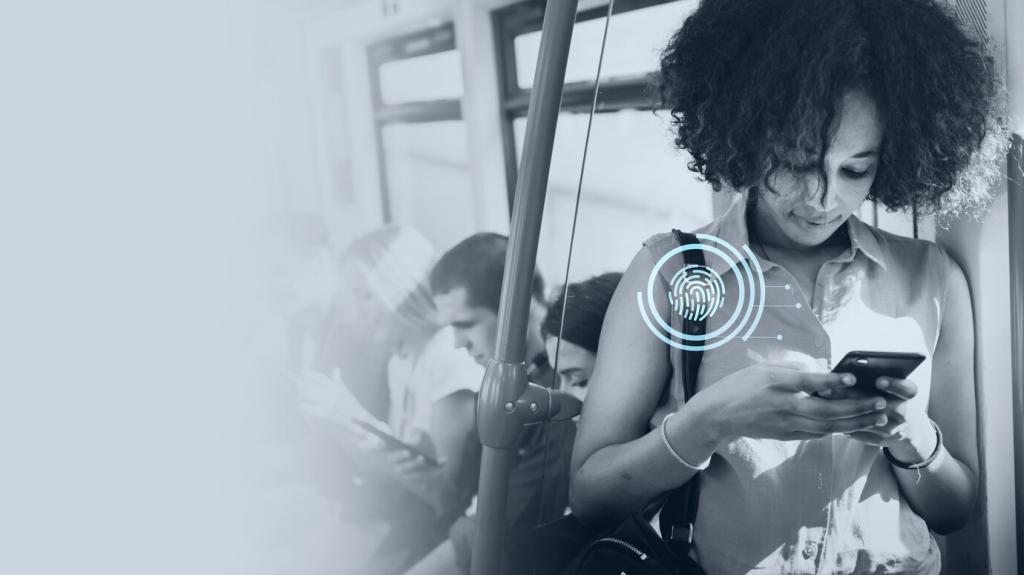
Learning Loops: Data, Feedback, and Personalization
Good personalization uses lightweight signals—volume changes, skipped songs, bedtime patterns—rather than intrusive tracking. Models convert signals into preferences, so your phone preemptively switches to focus mode before meetings. It feels like intuition, but it is disciplined pattern recognition designed with boundaries.
Learning Loops: Data, Feedback, and Personalization
With federated learning, your device trains locally, sending cryptic weight updates rather than raw data. Aggregated insights improve global models while your photos, messages, and routines stay private. You receive smarter autocorrect, sharper wake words, and tailored recommendations without surrendering your personal life.

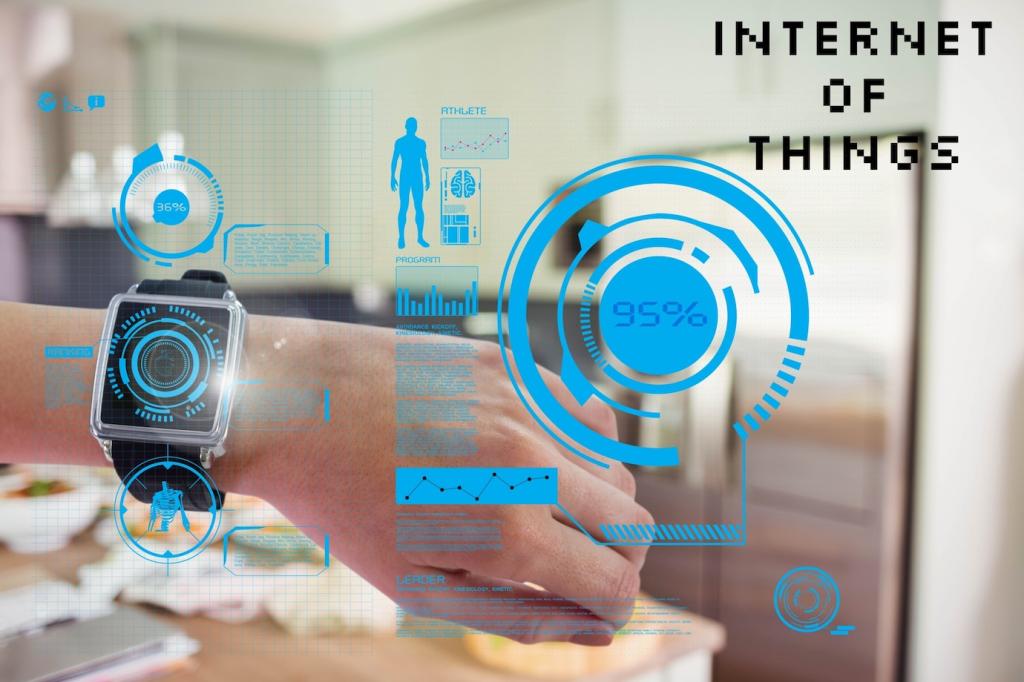
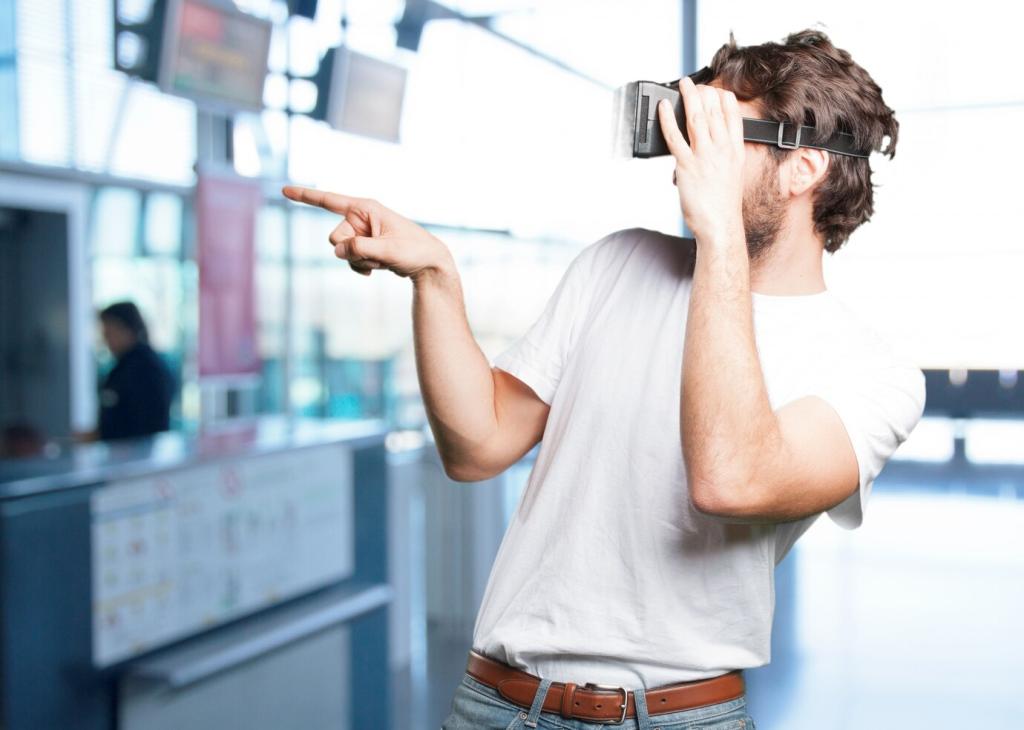

Performance and Power: TinyML in the Real World
Quantization, pruning, and knowledge distillation shrink models without gutting capability. That means wake-word detection on a microcontroller, or gesture recognition on a wristband. Efficiency turns machine learning from a lab curiosity into a practical teammate embedded inside everyday, durable, affordable gadgets.
Performance and Power: TinyML in the Real World
Neural engines, DSPs, and dedicated NPUs accelerate inference while sipping power. Your phone’s portrait mode, real-time translation, and adaptive refresh rate rely on this silicon. Great experiences are not just smarter code; they are tight choreography between models and purpose-built hardware pipelines.
Know When Not to Guess
Confident uncertainty is a virtue. Devices can flag low-confidence predictions and fall back to conservative defaults. A doorbell that is unsure whether it sees a package can notify you, not act on assumption. Machine learning earns trust by admitting ambiguity before automation causes headaches.
Robustness in Messy Reality
Real homes are noisy, cluttered, and unpredictable. Robust models resist glare, wind, echoes, and unusual angles. Thoughtful testing includes out-of-distribution scenes—holiday decorations, pets in costumes, visitors with helmets—so your devices remain helpful and safe far beyond sanitized demo environments.
Explainability You Can Actually Use
Interfaces can reveal simple rationales—“Quieting fan due to detected call”—and provide quick overrides. Human-readable reasons reduce frustration and invite collaboration. Tell us which devices explain themselves well, and we will feature the approaches that transform opaque models into respectful, accountable teammates.

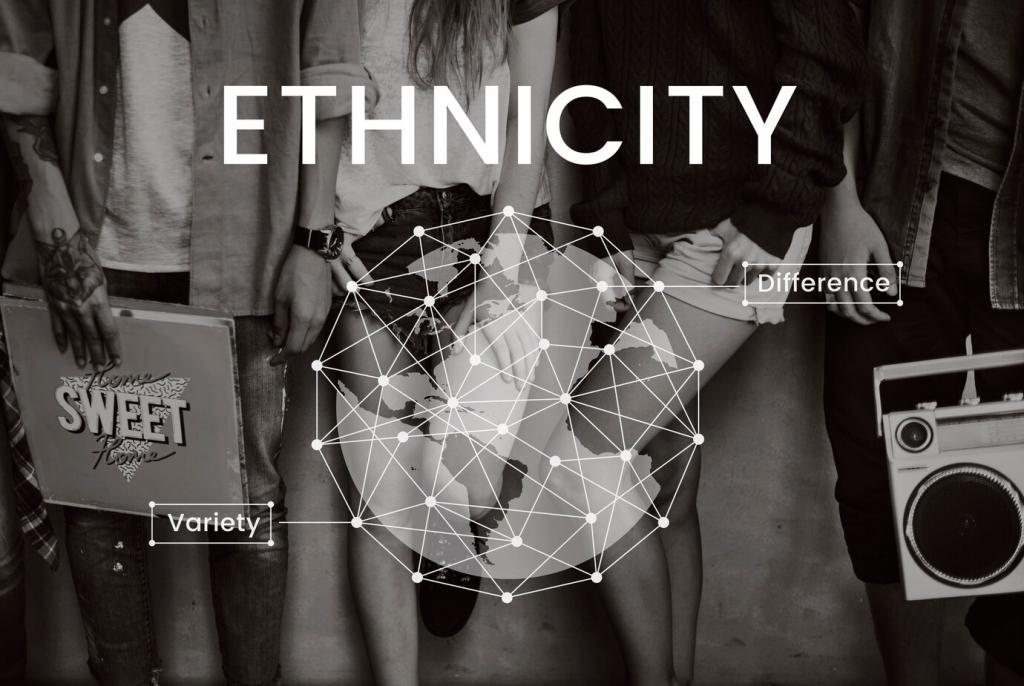
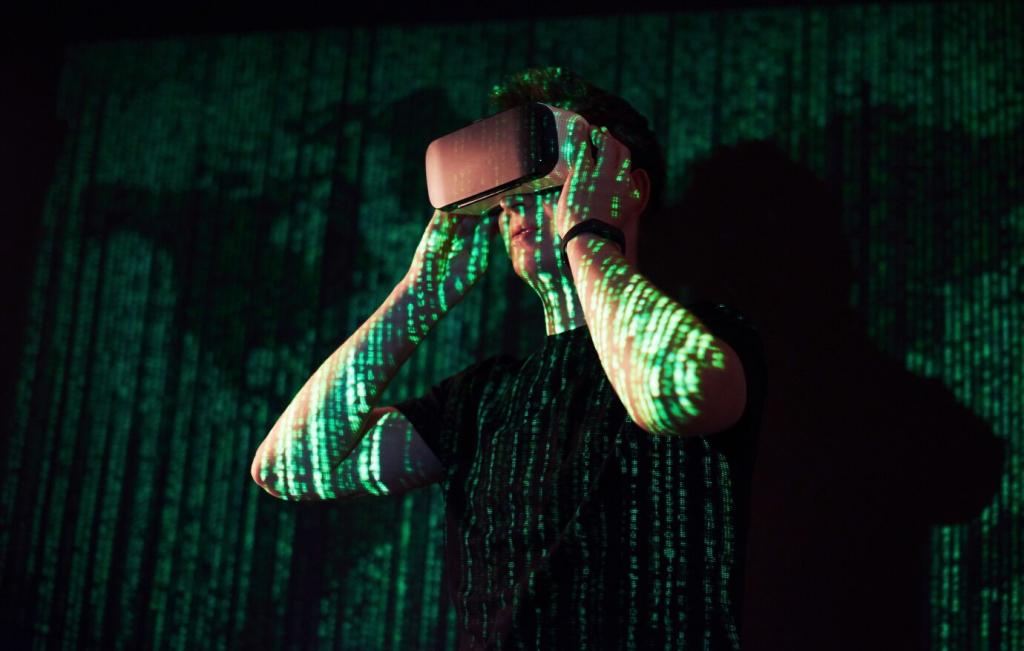
Accessibility and Inclusion, Powered by ML
On-device vision narrates scenes, identifies products, and reads handwritten notes. Real-time captioning helps in loud spaces or quiet libraries. When machine learning removes friction, the world becomes more navigable. Share accessibility features you love, so we can celebrate and encourage wider adoption.
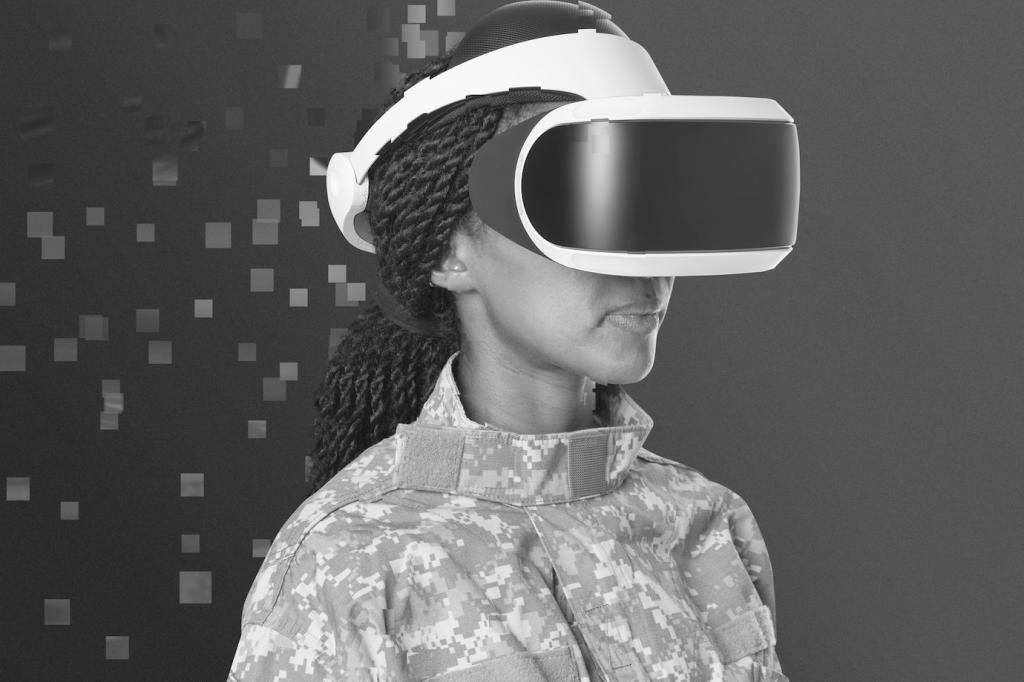
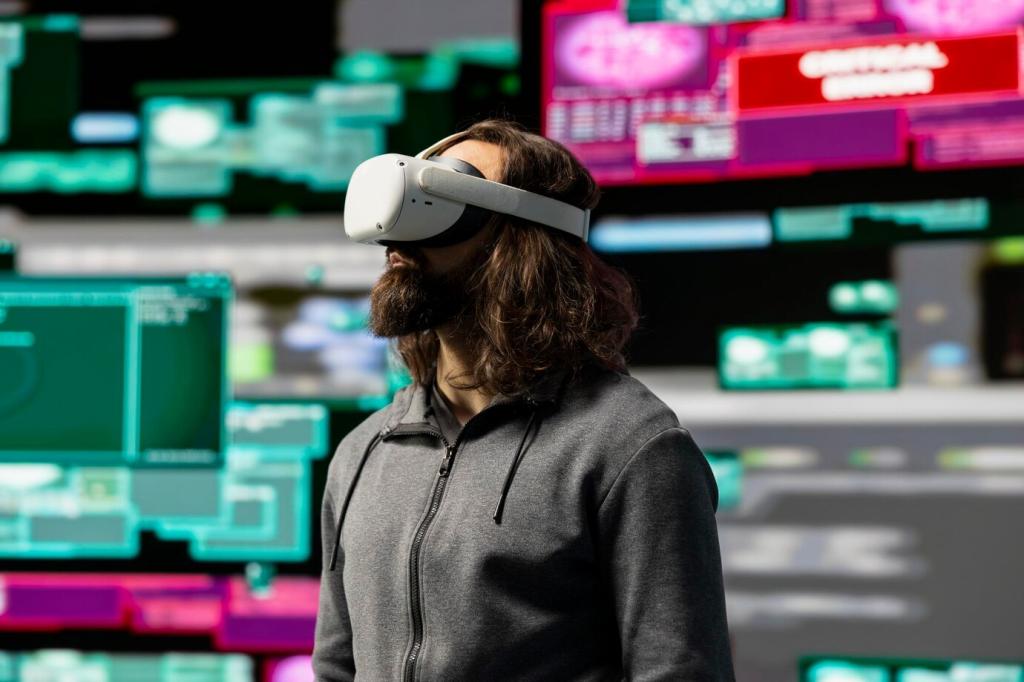
Accessibility and Inclusion, Powered by ML
Edge translation lets travelers read menus and neighbors exchange messages across languages instantly. Models adapt to accents and dialects, improving inclusivity. The result is not just convenience; it is a sense of belonging, where the technology actively bridges gaps rather than magnifying them.
Future Horizons: Ambient Intelligence and Cooperative Devices
From Single Sensors to Multimodal Understanding
Devices fuse motion, audio, vision, and environmental cues to infer intent. A home senses winding down—lights warm, notifications quiet, thermostat eases. Multimodal embeddings let machines reconcile noisy signals into coherent assistance that feels natural rather than orchestrated or demanding.
A Chorus, Not Soloists
Standards and local coordination enable your speaker, TV, and blinds to act as a team. Machine learning negotiates priorities—comfort, energy use, privacy—to avoid conflicts. The system becomes a careful butler, not a bossy manager, surfacing control when you want it and silence when you do not.
Join the Journey
We are collecting real stories from readers shaping their homes, studios, and shops with machine learning. What delighted you? What failed unexpectedly? Comment below, subscribe for hands-on guides, and help us map the path toward smarter, calmer, more humane devices for everyone.
